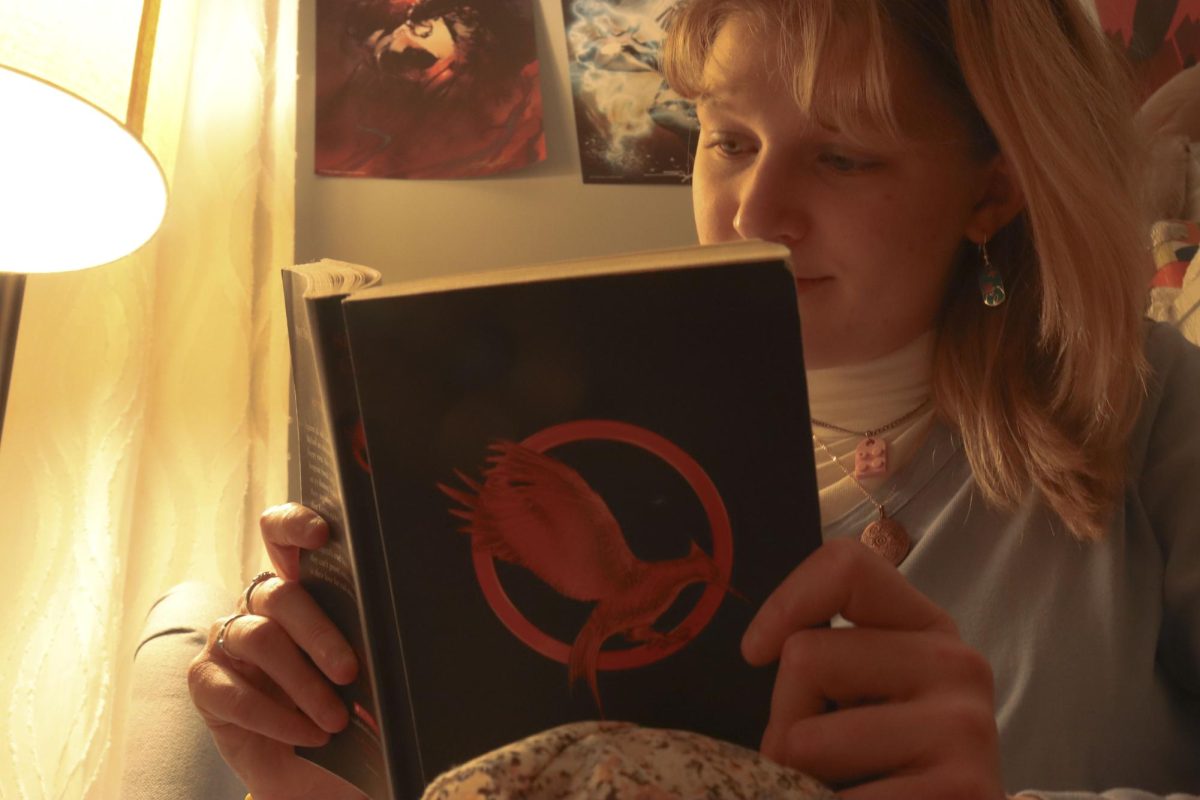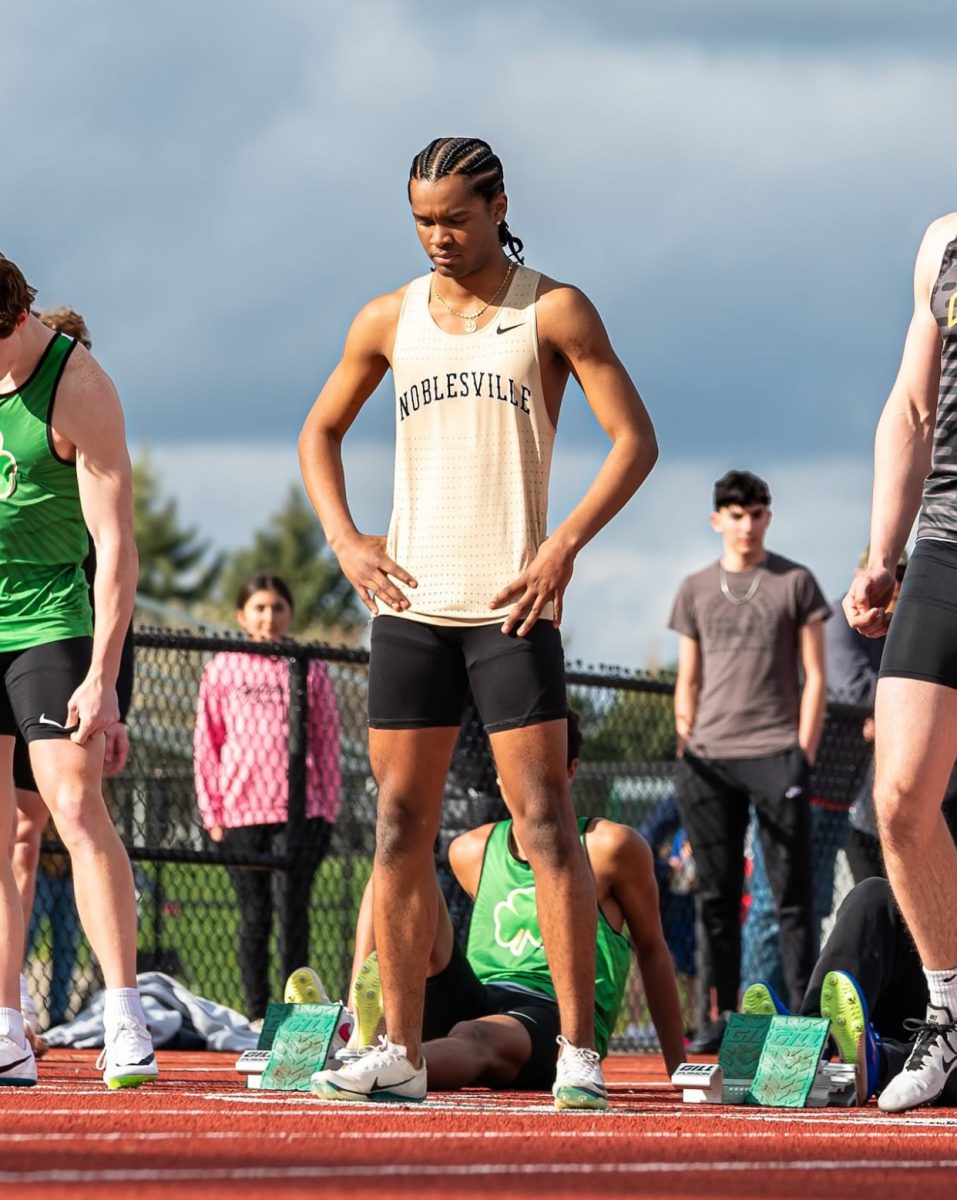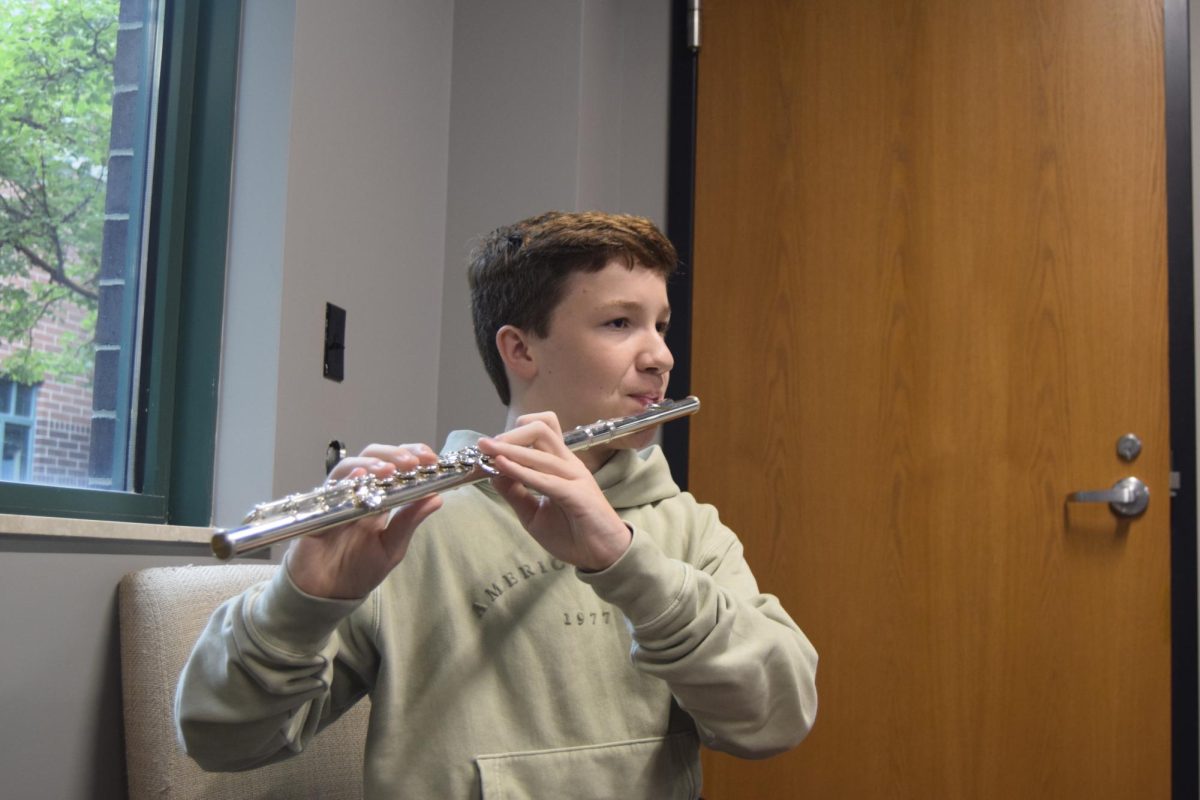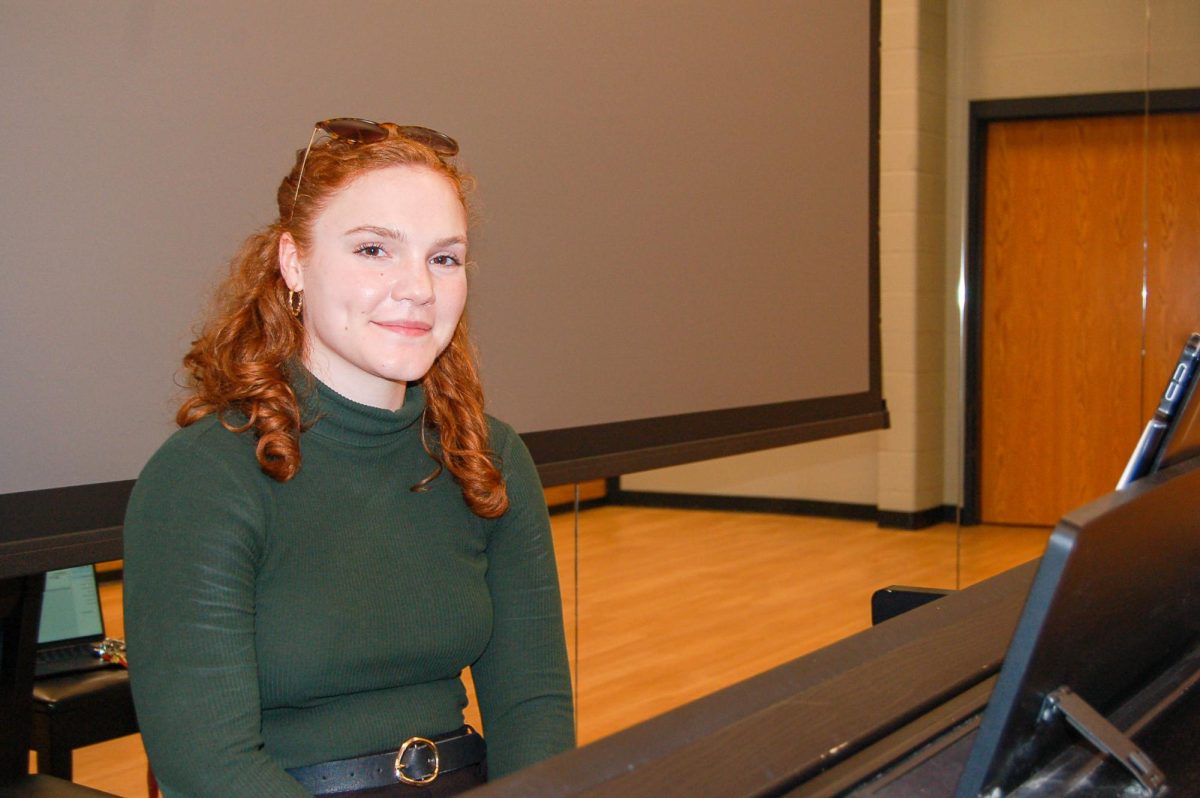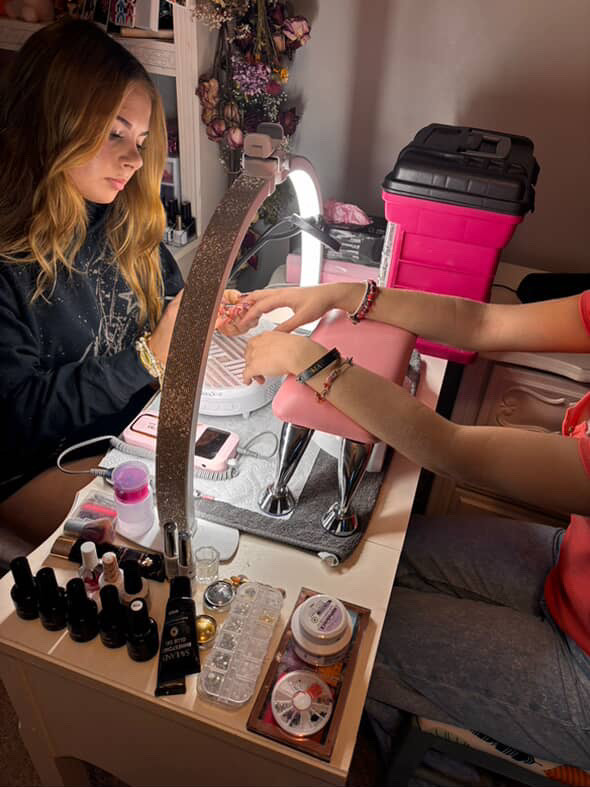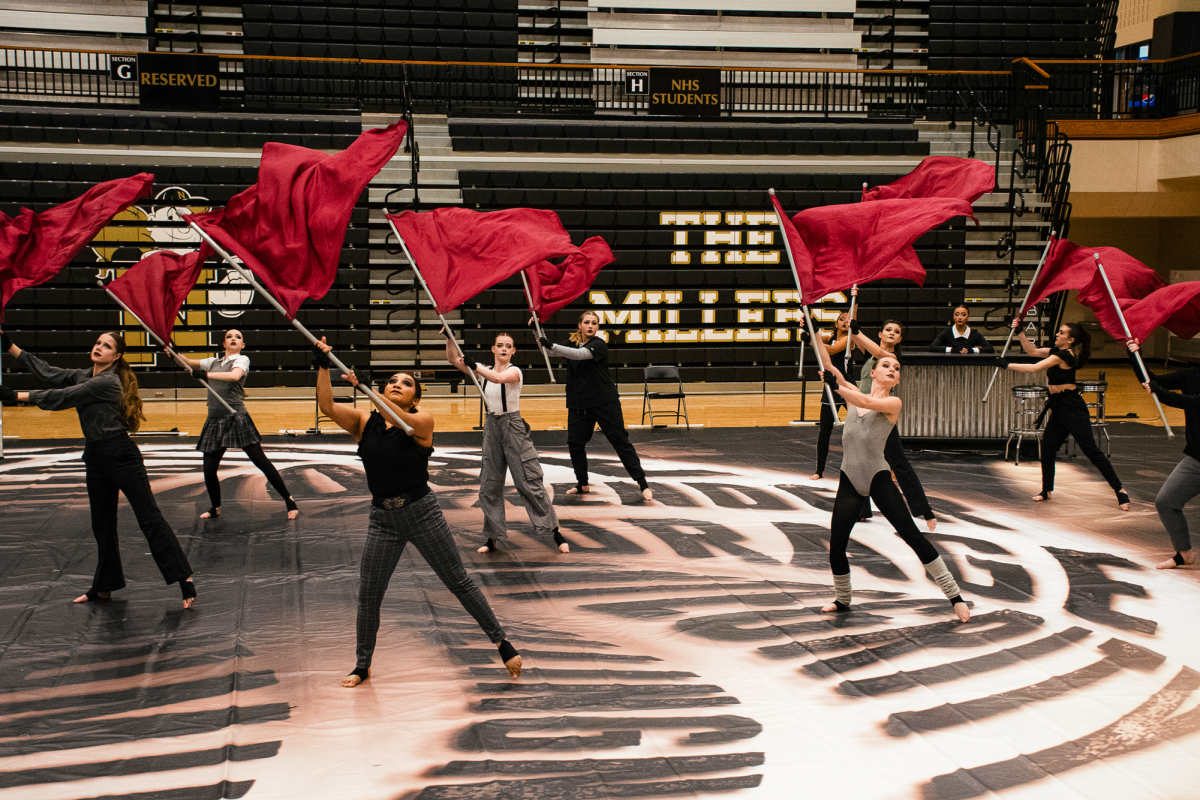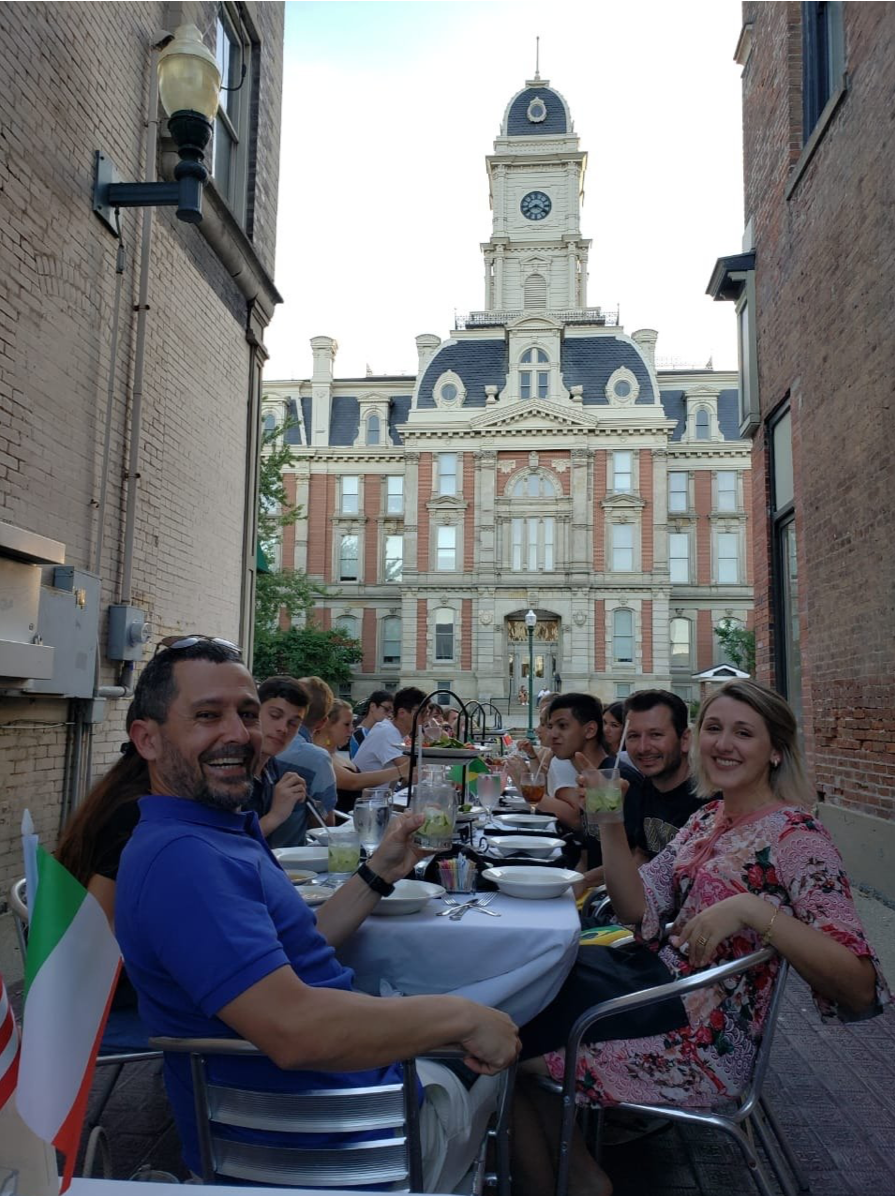Katniss Everdeen strikes a pose, looking as if she could shoot an arrow straight through the movie poster: you’ve read all the books, seen the first 3 movies, and now, it’s time for the finale. Today is bittersweet. As you ask your parents for popcorn and candy, you realize that now, this era of your childhood may be finished for good. As you walk into the theater, a small hope grows within you that maybe, just maybe, it’s not quite over yet. Until then, you’ll be forced to reread the books, rewatch the movies, and memorize every minuscule detail. Finally, 8 years later, the saga continues, in the form of a prequel.
In recent years, Hollywood has been profiting off of nostalgia more than ever before. It started with the return of ‘80s and ‘90s sitcoms: “Full House” became “Fuller House” in 2016, “Roseanne” became “The Conners” in 2018, and on and on. These revamped shows target the audience that were the adults and children during their original run, mostly millennials, Gen Xers, and Baby Boomers. These reboots are continuing to be made faster and faster, albeit with more modern shows. “iCarly” originally ran in 2007, then was revived after just 14 years in 2021. “That’s So Raven”, premiering in 2003, and instantly achieving stardom on Disney Channel, gained a new life in “Raven’s Home” in 2017. Today’s teenagers are being targeted by the media to reminisce about what they enjoyed just a few short years ago. Teenagers, particularly Gen Z teens, seem to spend a lot of time reminiscing on a childhood that has since passed them by. People that should, by all rights, be enjoying their youth to the fullest, now spend it ruminating on the past; a problem that is propagated by the popularization of nostalgia focused media.
All in Your Head
Corecore videos, for example, are an introspective collection of visuals that are meant to evoke some sort of melancholy or nostalgic emotional response. On TikTok, one of the most used social media by modern teens, coming across ‘corecore’ videos isn’t uncommon. The defining characteristic of these types of videos is the sense of longing for childhood viewers’ experience. Although these videos generally have no correlation to teens’ own childhood, it still causes an intense sense of yearning for youth and innocence. AP psychology teacher at NHS, Michael Rothrock, believes that nostalgia affects the way teenagers relate to their environment.
“[Nostalgia] makes us feel the way that we do because we are tying a current event to something that happened to us in the past, typically pleasant.” Rothrock said. “When we experience events, our brain automatically tries to place that event into something that we are familiar with.”
The science behind nostalgia can be difficult to understand, particularly because it is so ingrained in everyday life. Nostalgia, according to Rothrock, is heavily tied to positive experiences, eliciting a somewhat melancholy emotional response.
“Nostalgia [is] something that triggers a previous experience based upon some sort of sensory input in our seven senses.” Rothrock said, “Utilizing our memory pathways, a previous event, typically pleasant and missed, is triggered by that stimulation.”
Teenagers of today can sometimes get stuck, particularly in the experiences and interests of their childhood. Even though they might not enjoy the same things as 10 years ago, the remakes of movies and shows continue to evoke the same childlike joy and excitement. Reminiscing on the carefree, idle moments of childhood are generally a way to escape stress from adolescent life. Rothrock claims that oftentimes, nostalgia is a way to find comfort in the ever-changing world people live in today.
“[Nostalgia] is powerful because it is primarily relying on an experience that was pleasant, enjoyable and memorable. It opens up all of the small details of an event, especially if it can be discussed with friends or family. It is a representation of the power of our memory and how we can also express physical comfort from past mental experiences.”
After the pandemic, it’s easy for young people to glorify their past. It allows them to relive what life was like before everything closed. Michael Rothrock, psychology teacher at NHS reviews the basics of how nostalgia influences our brains.
“[Nostalgia] has a tendency to trigger neural pathways that have been established towards that negative thought process, which essentially can happen with the onset of an event. Depending on how we process the event is what can lead to sadness rather than happiness.” Rothrock said. In his further analysis, he speaks on his students and their experience with nostalgia.
“When I talk about common events that are relatively universal in my generation with your generation [i.e. first day, first dance, driver’s license, great weekend camping with friends] you can see that expressed in the discussions that usually follow. I also see it when we are talking about a specific topic and it will sometimes trigger those thoughts in my students,” Rothrock said.
Nostalgia can bring feelings of euphoria and a sense of hopefulness for the future. However, according to Rothrock, it also can have some negative consequences on the brain.
“Missing something excessively [and] yearning for the past, are thought processes that, if repeated, can lead to depressive thought processes,” Rothrock said.
It’s important to remember to be grateful for current possessions, rather than to long for something out of reach. Rothrock expands on the negative effects of being “too nostalgic.”
Coming Back to Us
Every photo and memory becomes a time traveling device for Generation Z, but nostalgia is becoming even more widespread with the use of it in the games, songs, and movies being released. This plays a comforting role for teenagers who have begun to pay attention to the time flying by. Senior Kiersten York finds support in it when thinking about her early years up to now.
“Nostalgia makes me feel really happy and blissful and brings back a lot of good memories. Especially as a senior, to look back on my life and see how far I’ve come,” York said.
Junior Noah Wilson is on the same page as York. He loves the book series turned movie franchise, “The Hunger Games”. The new “Hunger Games” prequel, “The Ballad of Songbirds and Snakes” came out this year, allowing Wilson to recall time spent with family.
“I know it sounds cheesy but [The Hunger Games] reminds me of having my family all together, and that happy time in my childhood,” Wilson said.
The Hunger Games is not the only franchise with new releases in 2023. With movies like the 2010 film “Scott Pilgrim vs. the World”, you see remakes, like the new Netflix Original show “Scott Pilgrim Takes Off”. Senior McKenzie Wilson has started to notice a pattern with the things they take an interest in.
“In the media they are remaking movies and games, changing the cartoon styles and stuff—from animated to real and [vice versa],” McKenzie said.
Nostalgia expands beyond movies of the past. It’s also incorporated in popular video games from the 2010s and even earlier. Games like “Super Mario” and “Five Nights at Freddy’s” also released movie adaptations this year. While “Fortnite”, the trendy game from 2018 used a simple approach: bringing back the original map the players fell in love with all those years ago.
“You see [nostalgia] in pop culture with video games becoming movies like Mario, now Five Nights at Freddy’s,” York said. “Bringing the original Fortnite back is even nostalgic from a few years ago.”
McKenzie reflects on how these things inspire a longing for their childhood back. It helps them reminisce about the simplicity of it all and the privileges they had that seemed to slip away over the years.
“[As a child], you can like things without people judging you. You’re less insecure and are more carefree.” McKenzie said.
Living in the Present
Many young people look back on the past decades with fondness. They get so caught up in the fun of video games and music they used to love that they forget to enjoy what’s around them. McKenzie acknowledges that there should be appreciation for what they have now.
“Everything I’ve done in the past is an experience and a memory. Even if I long to be a child again I try to embrace the fact that where I’m at now is also an important part of my life,” McKenzie said. “I shouldn’t be sad that I’m not a kid anymore. Later on, I might be sad about not being a teenager anymore.”
York ponders a healthy way of appreciating the years that have passed while keeping in mind her life as of right now. Her family uses a memory bin to document her life. Her parents included notes from her first steps, and York contributes to the bin with her own accomplishments.
“Over time, I’ve added things that I felt were important to me, so sometimes I’ll just take time to look through the bin,” York said. “I realize that [those things are] from the past, though all of those objects have led me to be the person I am today.”
McKenzie uses an abstract way to stay focused on the present: an optimistic mindset. They believe that there isn’t a need to stop having fun when you reach a certain age.
“I’m not just a 17 year old. I was a kid at some point. I’m not afraid to embrace being childish. It’s not a horrible thing,” McKenzie said. “You can be mature and function as an adult while embracing a hobby you enjoyed when you were younger.”



